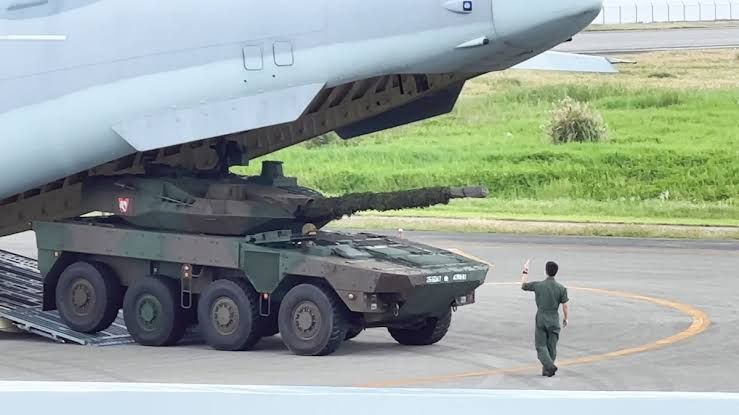note: I took the liberty of writing about a non-Asian documentary today, and it might become the new rule…
Mother of Many Children (1977) is the first feature-length documentary by Abenaki filmmaker Alanis Obomsawin, one of the towering figures in contemporary non-fiction cinema, and an artist who has been making films about indigenous struggle, representation, and from a Native perspective for almost five decades. Mother of Many Children is not only her first feature-length film, but also one of her best works, in my opinion—I personally think Kanehsatake: 270 Years of Resistance (1993), and Incident at Restigouche (1984) are her two other masterpieces. Insightful, touching, multilayered, and beautifully constructed, it focuses on several Native women of different indigenous people, and from different backgrounds, living in Canada at the time (1977). As Randolph Lewis poignantly notes in his book Alanis Obomsawin The Vision of a Native Filmmaker (University of Nebraska Press, 2006):
Mother of Many Children works on a horizontal plane: rather than diving deep into one or two subjects, it moves around the Canadian landscape every few minutes, pausing to focus on a woman of interest, to take in her story, before moving to another interviewee, often someone quite different. The result of this lateral movement is a feeling that all these women are connected, despite differences in language, tribal affiliation, educational background, and geography.
Mother of Many Children is available on the National Board of Canada’s homepage: https://www.nfb.ca/film/mother_of_many_children/

Clouds of War 戦雲(いくさふむ)(2024) is the latest documentary by journalist and filmmaker Mikami Chie, a director who, in her previous works (The Targeted Village, Boy Soldiers: the Secret War in Okinawa, We Shall Overcome) has been focusing on the current situation in the Ryūkyū archipelago (Okinawa), its complex geopolitical history, and on the resistance of its people against the several American bases operating in the islands.
Clouds of War was shot in the span of eight year, starting in 2015, and documents the construction of military ports and ammunition depots by the Japanese Self-defense Force, and more broadly the general militarisation happening in Okinawa main island, Yonaguni Island, Miyako Island, and Ishigaki Island. These spine-chilling changes affecting the land and its citizens, such as the construction of underground shelters built in Yoneguni, or a plan for the evacuation, to Kyūshū, of all the inhabitants, are done in preparation to the next war on the horizon, the one between China and Taiwan.
If the picture painted by the documentary is as interesting as it is frightening, less inspired is the way the documentary interweaves all the footage together. The style is journalistic, like in the previous works of the director, but there’s here a lack of focus, in my opinion. It’s very informative nonetheless, and there are some very powerful and profound moments.

